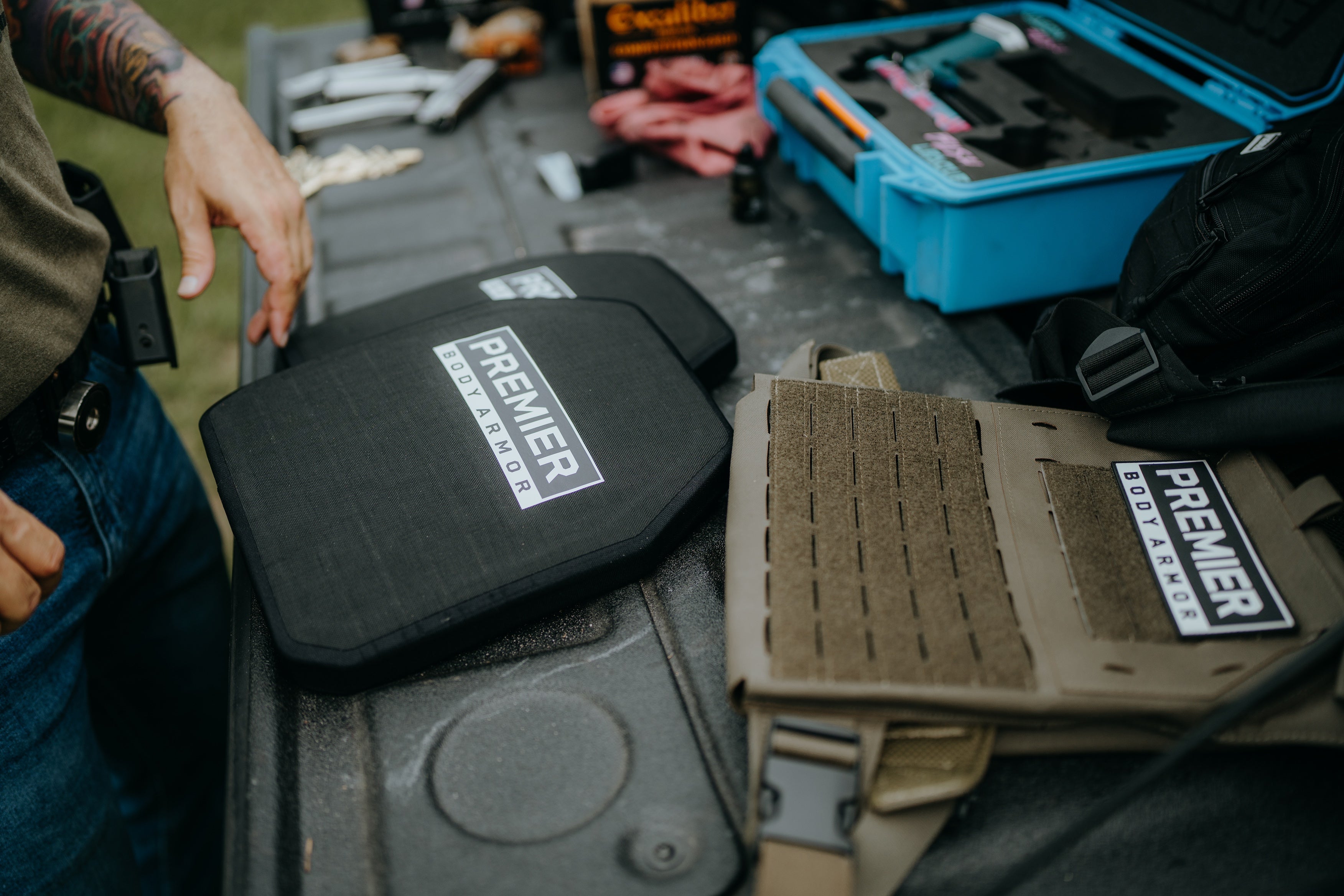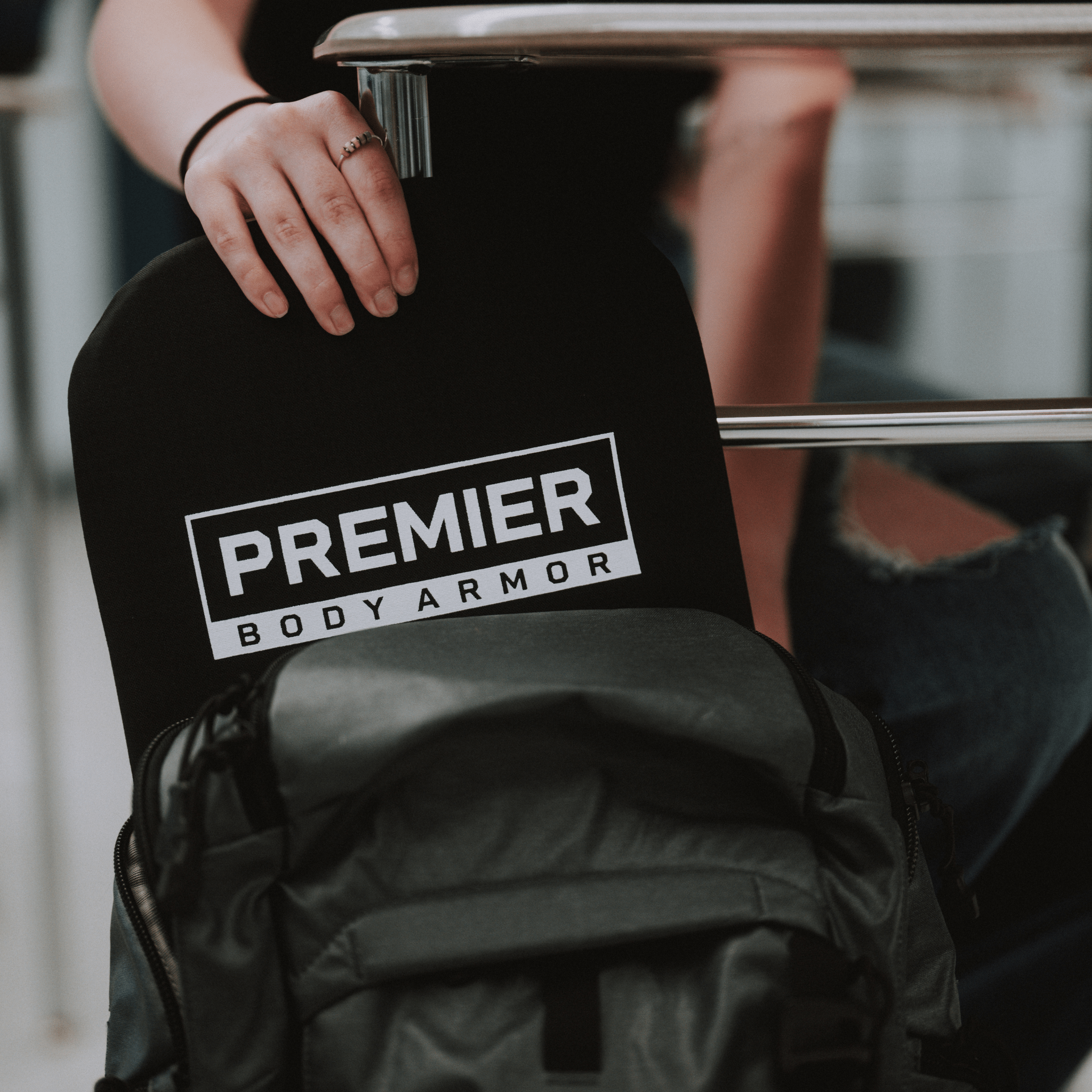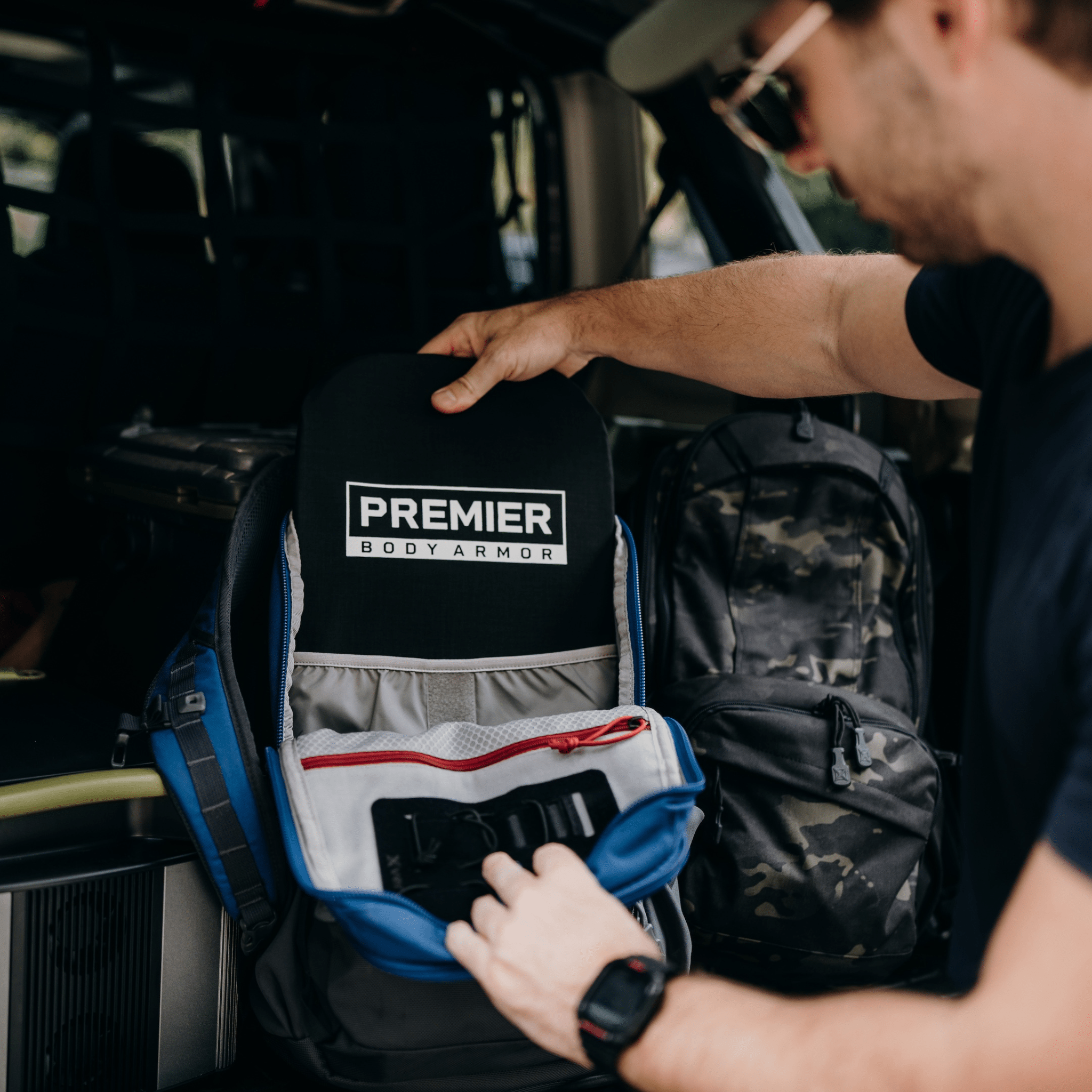Understanding the New NIJ 0101.07 Body Armor Standard
The National Institute of Justice has revised their standards for body armor’s performance expectations and testing methodology. Formerly NIJ 0101.06, the new NIJ body armor standards will be named NIJ 0101.07. Formal testing is set to begin sometime in the first half of 2025.
Some time in the later half of 2025, law enforcement can expect to start receiving body armor certified to the new standard. What does that mean for the industry and for everyday folks in search of the best equipment? Read on and find out.
What Are Body Armor Standards?
Body armor standards dictate both the testing guidelines and degrees of ballistic resistance for a given piece of gear. Based on how it tests, it is assigned a certain rating. The new body armor standards will change both how the ratings are assigned as well as the testing methods.
Generally, the higher the rating, the greater the degree of protection the body armor gives its wearer. The lower ratings protect against common pistol rounds, while the higher rated body armors can defend all the way up to high powered armor piercing rifle rounds.
What are the NIJ Standards?
Historically, the NIJ armor levels have consisted of Roman numerals with the occasional letter added on the end to denote incremental increases in protection. Body armor NIJ levels start with IIA as the lowest level of protection, followed in increasing order by II, IIIA, III, and topping out at IV with the highest level of protection available.
Under the new standards, however, NIJ armor ratings will have a totally new naming system that is in some ways easier to understand and will make it simpler to find the right gear for your needs.
The Differences Since Implementation of Standard 0101.07
The most obvious changes from NIJ 0101.06 to the new NIJ STD 0101.07 are the naming conventions. For the most part, with some slight ballistic differences, Level II will now be HG1, with HG denoting its resistance up to certain handgun rounds. Level IIIA will now be HG2. Level III is now RF1, with RF denoting resistance up to certain rifle rounds.
A new level with no prior comparable label that slots between what was previously known as level III and IV now exists, known as RF2. Level IV will now be RF3.
Additionally, the NIJ 0101.07 standard will now reference the American Society for Testing and Materials. There are also improved expectations for testing methods relating to body armor for women specifically. Lastly, there are updated standards for perforation-backface deformation testing.
0101.07 Now References ASTM Standards
Since the new NIJ standard 0101.07 now references ASTM standards, it’s worth pointing out why that’s important. Multiple government entities and stakeholders in the body armor production process have been collaborating with the ASTM for several years. By referencing the ASTM standards the NIJ will further coordinate the testing methodology inherent to the body armor industry. This will help issuing agencies or entities to provide their members with gear most appropriate for their applications to provide the most protection relevant to their use cases.
Ballistic Threat Level Changes and Simplified Terminology
As mentioned previously, the categories of ballistic resistance have been renamed, but what does that mean for how much protection each level provides? The following specifications can be found in a standalone document encompassing NIJ standard 0123.00:
- HG1 covers up to a 158 grain .357 magnum jacketed soft point moving at 1,430 feet per second.
- HG2 covers up to a 240 grain .44 magnum jacketed hollow point moving at 1,430 feet per second.
- RF1 covers up to the NATO standard 5.56x45 m193 round, the NATO standard 7.62x51m80 round, and a 120.5 grain 7.62x39 load with a mild steel core moving 2,400 feet per second.
- RF2 covers the prior rifle rounds and also protects against the NATO 5.56x45 m855 “green tip” round
- RF3 covers up to the NATO .30-06 M2 armor piercing round
NIJ Standard 0101.07 Includes Improved Testing Methods for Women's Armor
Notably, there are now improvements to testing methods for women’s body armor. The bottom line is female body armor can create new areas of vulnerability due to how it is shaped with the end user in mind.
Fortunately, the new women’s body armor standards will ensure that both male and female wearers can gear up with the same level of confidence in their equipment. The challenge with making body armor specifically for women lies in aligning proper fit with the necessary level of protection. The new standards set the expectation that manufacturers will do just that.
Updated Perforation-Backface Deformation Testing
In keeping with the updated standards for women’s body armor, an additional test shot is now included as part of perforation-backface deformation testing. This test helps prevent blunt force trauma. The location of the shot is within as little as 2 inches from the edge of the top panel on the torso, which slants back toward the upper thoracic cavity and neck regions of the wearer.
Due to concerns that shot trajectories of 40 degrees or greater relative to the plane of the armor may not cause the armor to perform correctly and “catch” the projectile, this additional step in testing soft armor specifically with handgun rounds has been added.
For all hard armor, there is now an additional P-BFD testing location at the “crown” of curved hard armor plates as well.
Choose Body Armor That Meets NIJ Standards with Premier Body Armor
As always, it is important to be sure to only use equipment that passes appropriate testing standards. If it doesn’t meet the standards for the NIJ 0101.07 ballistic resistance of body armor, particularly for women, don’t buy it. When your safety or the safety of your loved ones is on the line, insist on the highest quality products that have been verified to perform as they should.
Rest assured that any and all ballistic protection products sold by Premier Body Armor that can be certified, will be certified.
* Note the NIJ does not currently certify ballistic items like backpacks, blankets, or briefcases; only body armor for law enforcement. That being said, Premier Body Armor still has those products tested at a NIJ certified lab to the current ballistic standard.










Leave a comment